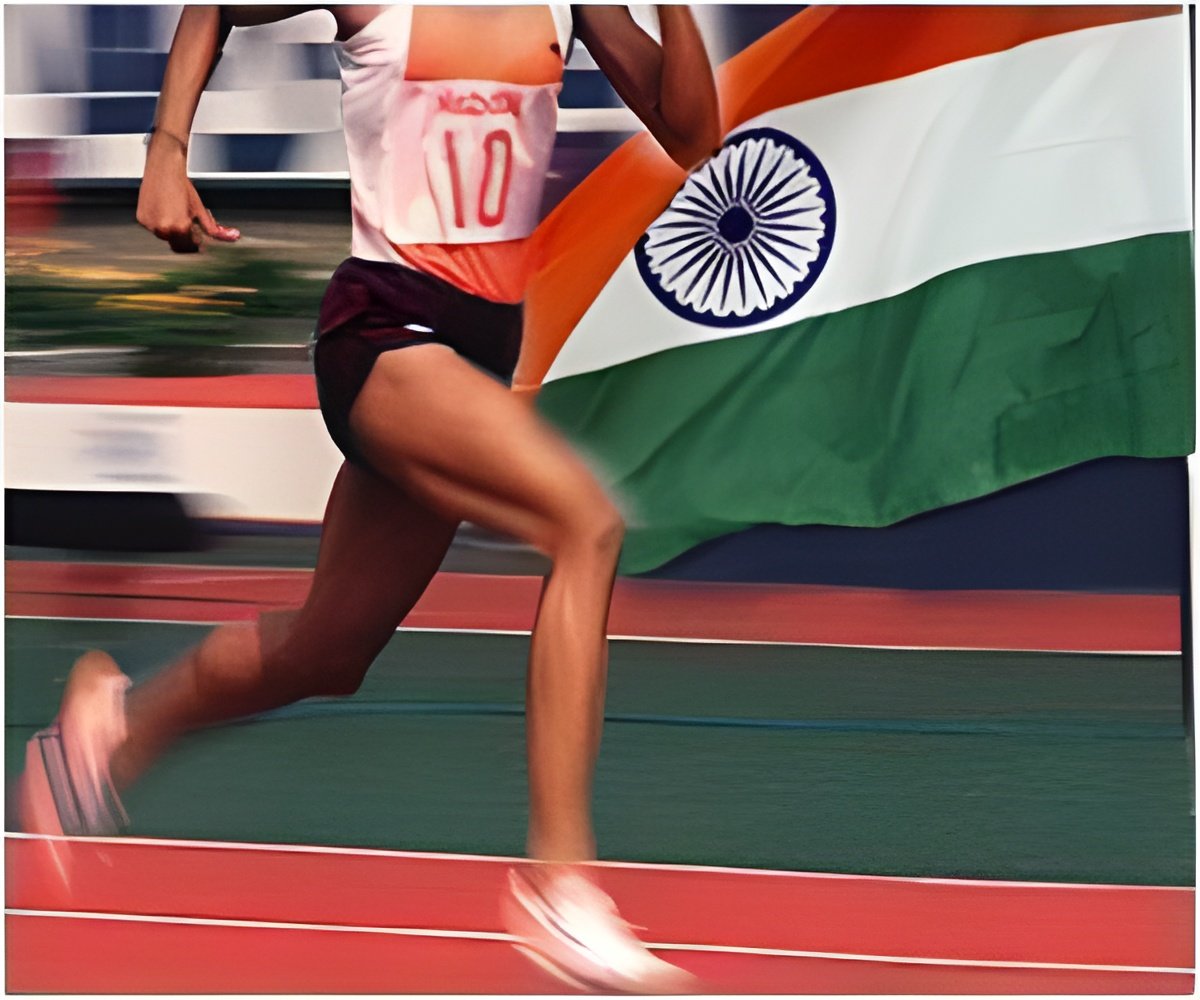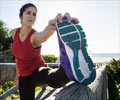As wearable fitness trackers become ever more popular and sophisticated, they provide new opportunities for monitoring training and guiding post-injury rehabilitation in endurance runners are being explored.

‘Overall, our review finds evidence supporting the use of wearables to improve running performance, track global training loads applied to the runner, and provide real-time feedback on running speed and run cadence.’
Read More..




Wearable fitness devices – including fitness trackers, smart watches, heart rate monitors, and global positioning system (GPS) tracking devices – have become widely used by athletes at all levels. Estimates suggest that more than 90 percent of regular runners use a GPS-equipped watch or other tracking device. Wearable tech was named the top fitness trend for 2020 in ACSM's annual survey of fitness professionals. Read More..
While most commercially available devices haven't been validated against accepted 'gold standard' techniques, "[W]earables can provide important insights into in-field running biomechanics than were not previously possible in laboratory-based investigation," Drs. Moore and Willy write. They focus on two major ways trainers, coaches, and other professionals can use data from wearables to guide training in endurance runners.
Tracking Training Loads. Several studies have used wearable devices to measure external training load: an objective measure of the work performed by an athlete. Wearables can track training loads in real-time or near-real-time, much more accurately than traditional training diaries. Running watches equipped with GPS technology can track measures such as distances, duration, and speed, providing valuable information to maximize performance – for example, as a guide to pre-competition tapering.
Some devices – including accelerometer-equipped GPS running watches and insole pressure measurement devices – can provide in-depth data on running technique, including cadence, stride length, and contact time.
This information can help to find or refine the optimal cadence and step/stride length for individual runners. With ongoing advances in data algorithms, it may be possible to generate accurate information on running kinematics, providing personalized information on performance and injury risk. Injury Risk and Rehabilitation.
Advertisement
Through the use of cloud-based systems, wearables enable studies of massive numbers of runners, and may provide new insights into how injuries occur.
Advertisement
"Overall, our review finds evidence supporting the use of wearables to improve running performance, track global training loads applied to the runner, and provide real-time feedback on running speed and run cadence," Drs. Moore and Willy write. They make suggestions for continued development of wearable devices: incorporating data on other types of physical activity, identifying the optimal cadence and stride length for individual runners, recording information on pain scores, and measuring load at specific anatomical sites.
Source-Newswise










